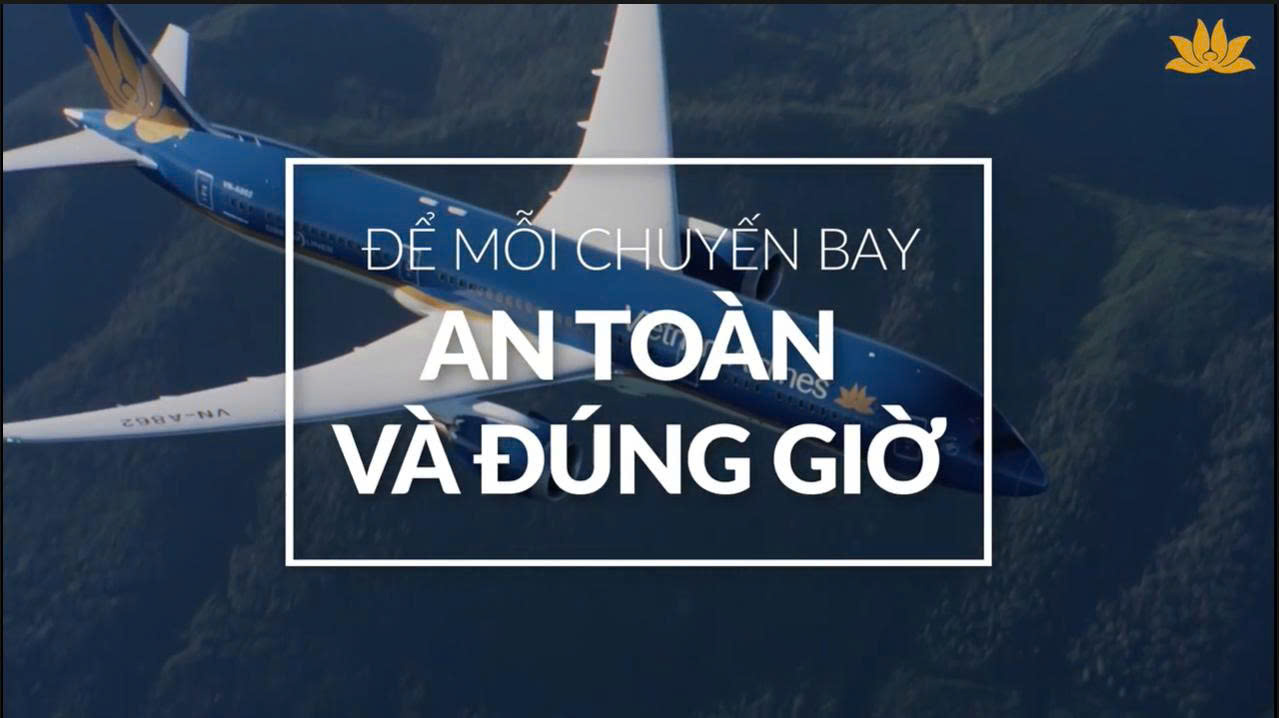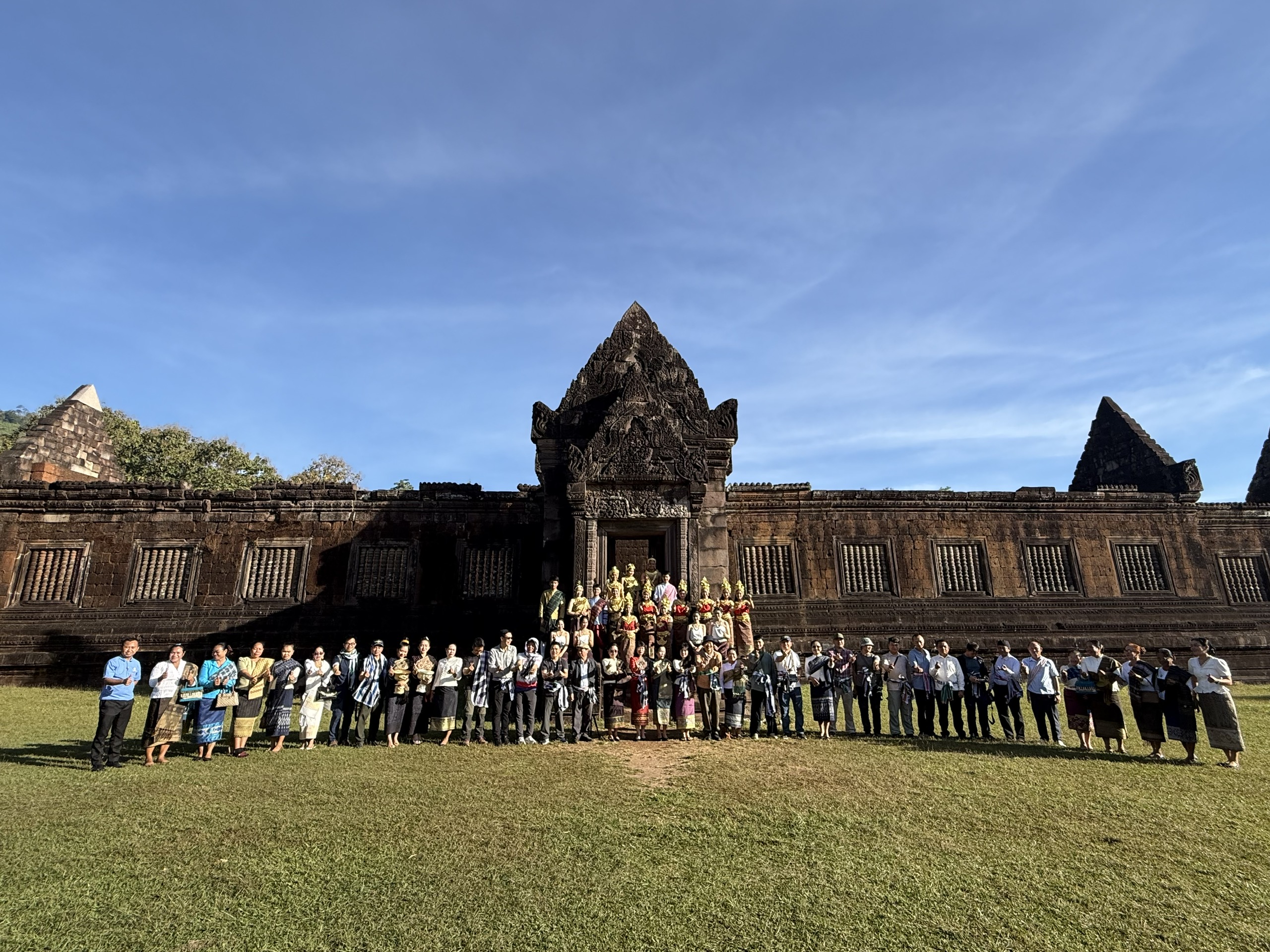Super Typhoon Hagibis entered Japan and forced many inbound and outbound flights between Tokyo, Osaka, and Nagoya to change their initial schedule for October 12 & 13. Thirty flights of VNA were subjected to the impact of severe typhoon.
After affected airports in Japan resumed their regular operation, VNA promptly launched rescheduled flights for passengers.
On October 14, in addition to scheduled flights, additional flights were deployed to serve passengers. Accordingly, Haneda Airport operated 01 additional flight, Kansai Airport operated 02 additional flights, and Nagoya Airport operated 02 additional flights. In particular, at Narita Airport, nine VNA staff had to serve a total of ten flights (eight in the 08:10 AM-10:45 AM period and two in the 03:00 PM- 05:00 PM time span) with around 2,400 passengers total.
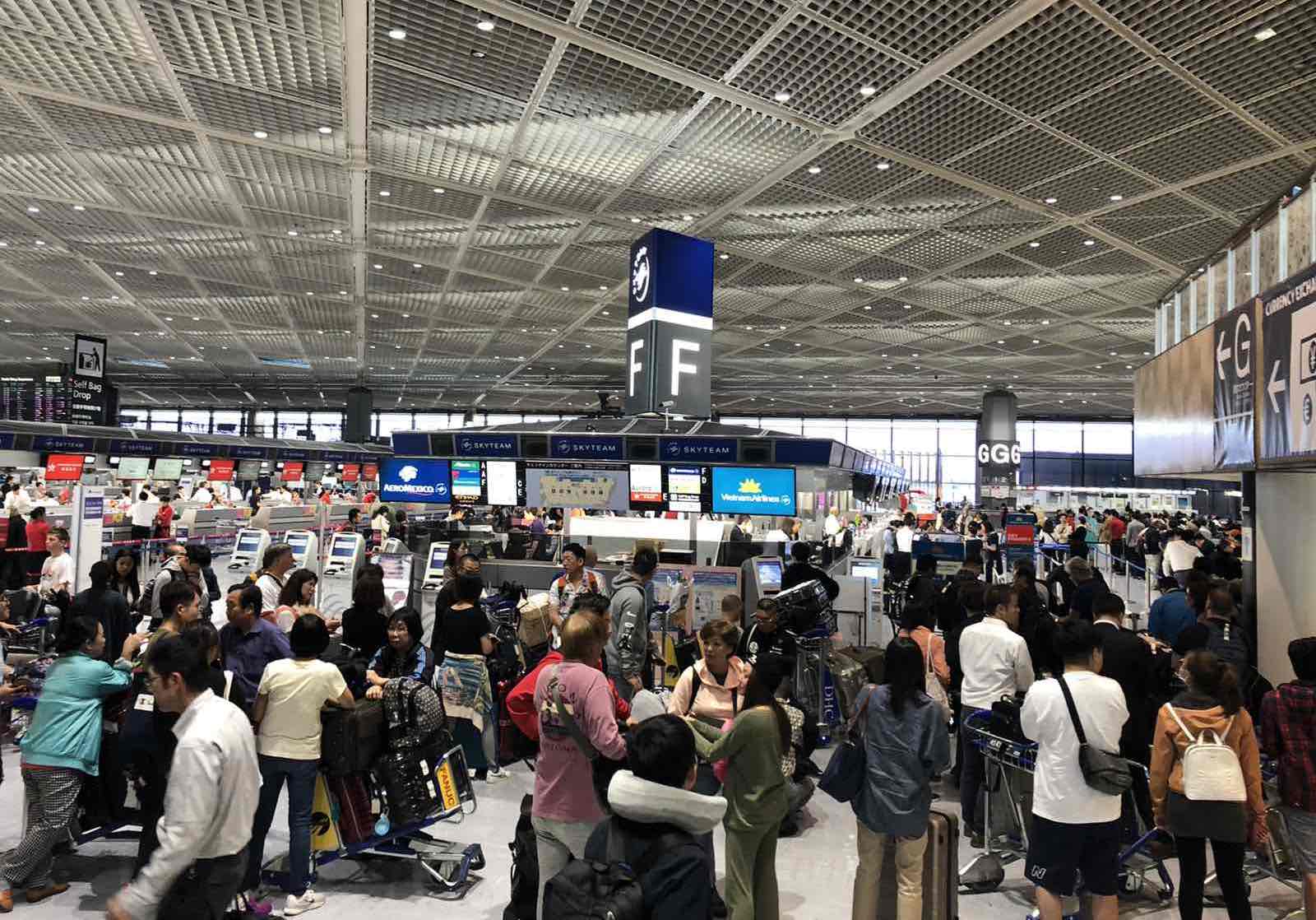
From 06:00 AM (local time), thousands of passengers arrived at Narita Airport. (Cre: Japanese Branch).
The first relieving flight from Narita Airport departed at 12:00 (local time), and a total of eight flights have arrived in Vietnam so far. To facilitate their deployment, all VNA staff appeared at the Airport in the early morning to collaborate with the service unit in deploying the flights quickly and efficiently.
Although additional flights had been implemented previously, the huge number of stranded passengers, coupled with limited human resources, forced the team to proceed with a manual check-in process for some of the flights. The amount of work that the staff at Narita Airport had to fulfill that day was enormous: address information issues for passengers, collaboration with HDQ in deciding solutions for each flight, and administering check-in procedures for thousands of passengers. However, they made concerted efforts to satisfy every passenger’s needs—as one unsatisfied person might lead to a chain reaction of dissatisfaction.
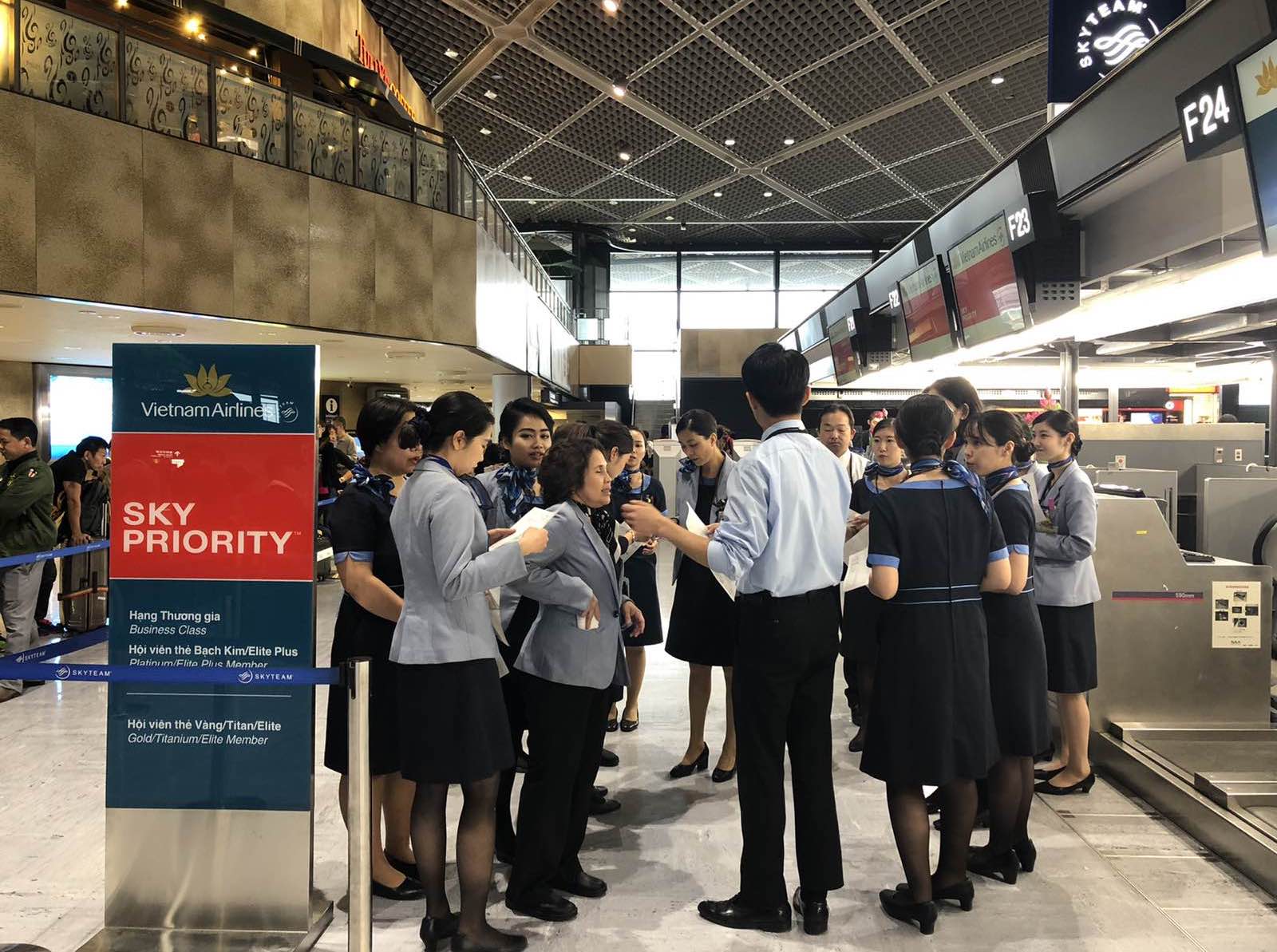
VNA staff appeared at Narita Airport from early morning to get ready to serve passengers. (Cre: Japanese Branch).
According to Narita Airport’s representative, although the number of flights and passengers concurrently surged, with limited human resources–the facility tried their best to make sure that 100% of the passengers were safely rebooked within October 14.
With understanding and sympathy for the front-line staff’s overwhelming responsibilities during this situation, relevant departments at the Group closely coordinated with the Narita Airport team as well as other airports in Japan to dedicatedly and safely serve all passengers stranded by Typhoon Hagibis.
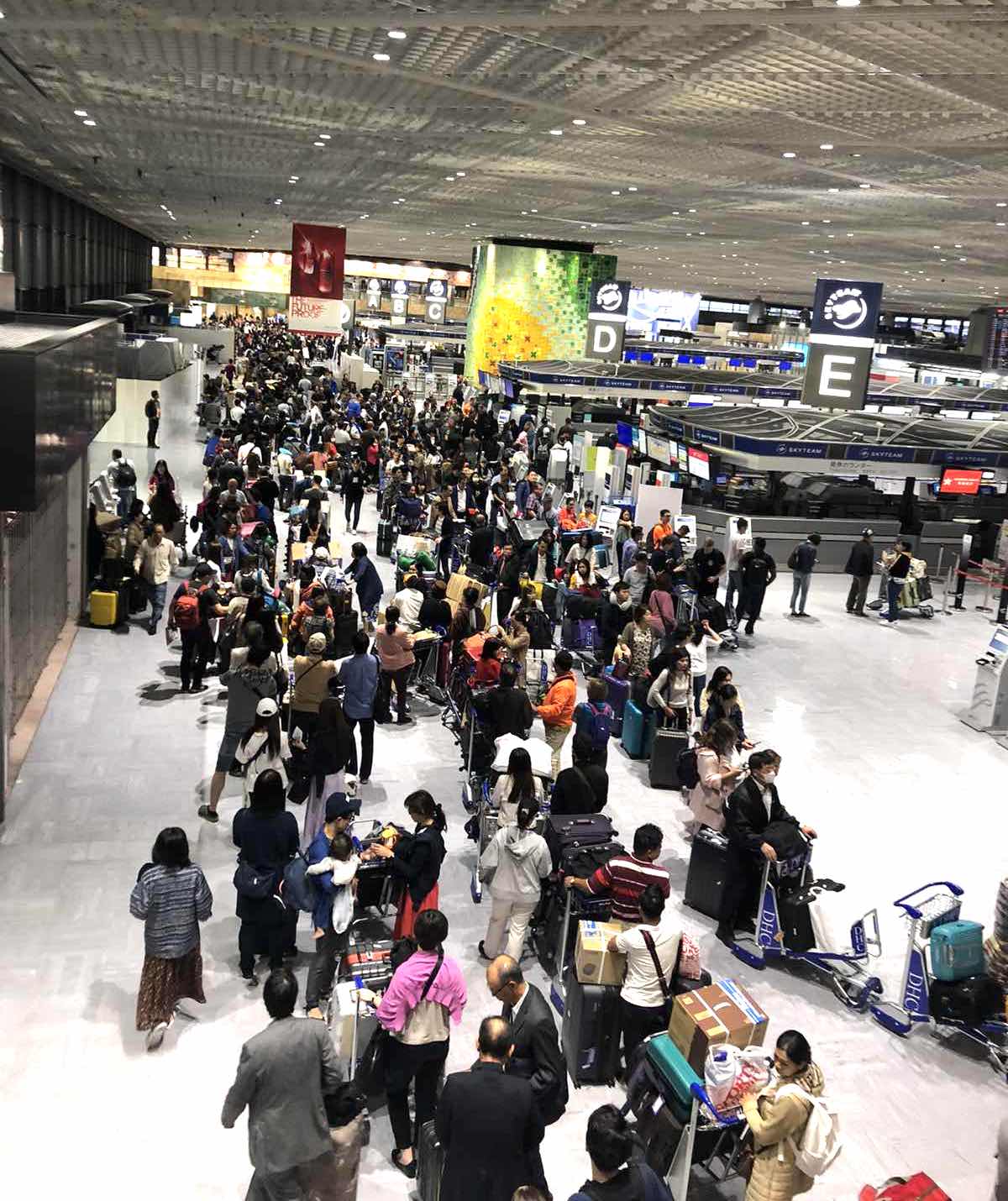
All Narita Airport staff gave all they could to make sure that 100% of the passengers were rebooked on flights on October 14. (Cre: Japanese Branch).
Previously, Super Typhoon Hagibis entered Japan and forced many inbound and outbound flights between Tokyo, Osaka, and Nagoya to change their initial schedule for October 12 and 13, of which, there were 30 flights of VNA. To ensure safety for aircraft and passengers’ travel plans, VNA immediately devised flexible solutions such as delaying unqualified flights, moving passengers to other flights on the next day, and assigning standing crews for such wide-body aircraft such as the Airbus A350 and Boeing 787–which provide higher seating capacities–able to relieve stranded passengers as soon as weather conditions permitted.
Nguyen Mai Huong-COMM







